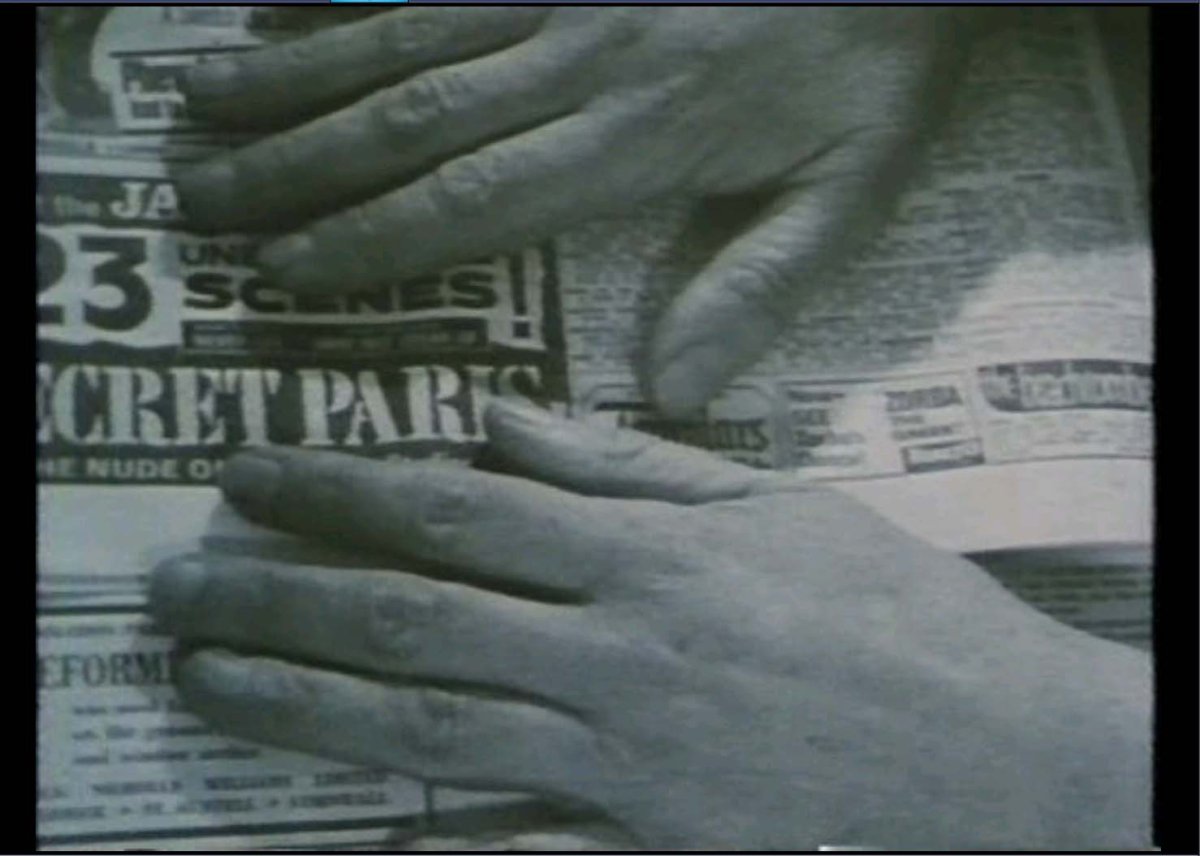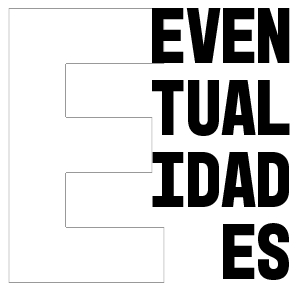
A técnica cut-up, de William Burroughs
The cut-up and the closely associated fold-in are the two main techniques: Cut-up is performed by taking a finished and fully linear text and cutting it in pieces with a few or single words on each piece. The resulting pieces are then rearranged into a new text. Fold-in is the technique of taking two sheets of linear text (with the same linespacing), folding each sheet in half vertically and combining with the other, then reading across the resulting page.
A precedent of the technique occurred during a Dadaist rally in the 1920s in which Tristan Tzara offered to create a poem on the spot by pulling words at random from a hat. Collage, which was popularized roughly contemporaneously with the Surrealist movement, sometimes incorporated texts such as newspapers or brochures. Prior to this event, the technique had been published in an issue of 391 in the poem by Tzara, dada manifesto on feeble love and bitter love under the sub-title, TO MAKE A DADAIST POEM [1]
Burroughs cited T. S. Eliot’s poem, The Waste Land (1922) and John Dos Passos’ U.S.A. trilogy, which incorporated newspaper clippings, as early examples of the cut ups he popularized.
Gil J. Wolman developed cut-up techniques as part of his lettrist practice in the early 1950s.
Also in the 1950s, painter and writer Brion Gysin more fully developed the cut-up method after accidentally re-discovering it. He had placed layers of newspapers as a mat to protect a tabletop from being scratched while he cut papers with a razor blade. Upon cutting through the newspapers,
Gysin noticed that the sliced layers offered interesting juxtapositions of text and image. He began deliberately cutting newspaper articles into sections, which he randomly rearranged. The book Minutes to Go resulted from his initial cut-up experiment: unedited and unchanged cut-ups which emerged as coherent and meaningful prose. South African poet Sinclair Beiles also used this technique and co-authored Minutes To Go.
Gysin introduced Burroughs to the technique at the Beat Hotel. The pair later applied the technique to printed media and audio recordings in an effort to decode the material’s implicit content, hypothesizing that such a technique could be used to discover the true meaning of a given text. Burroughs also suggested cut-ups may be effective as a form of divination saying, “When you cut into the present the future leaks out.”[2] Burroughs also further developed the “fold-in” technique. In 1977, Burroughs and Gysin published The Third Mind, a collection of cut-up writings and essays on the form. Jeff Nuttall’s publications “My Own Mag”, was another important outlet for the then-radical technique.
Argentine writer Julio Cortázar often used cut ups in his 1963 novel Hopscotch.
Since the 1990s, Jeff Noon uses a similar remixing technique in his writing based on practices prevalent in Dub music. He expanded upon this with his Cobralingus system, which breaks down a piece of writing, going as far as turning individual words into anagrams, then melding the results into a narrative.
Links:
